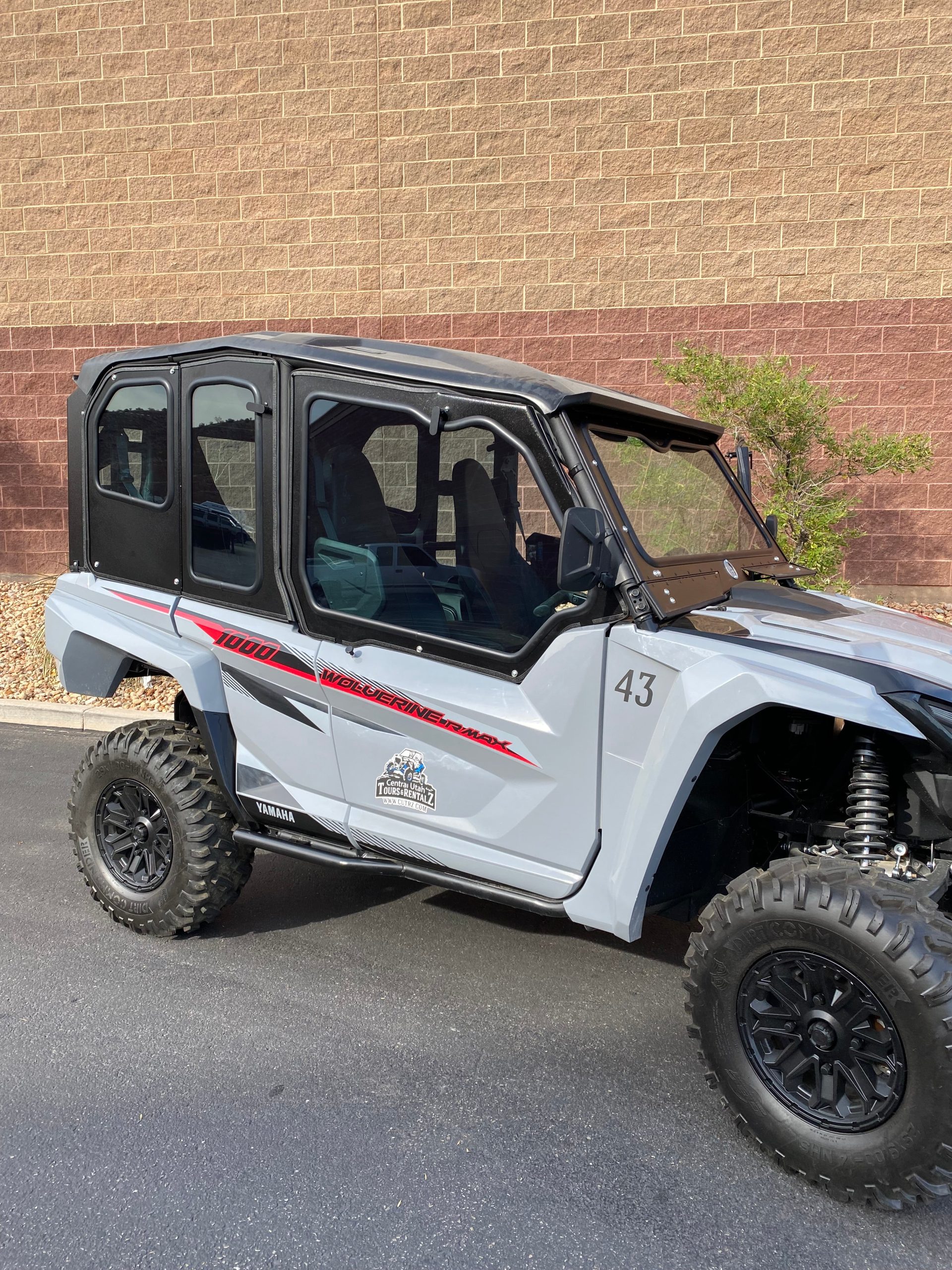Benefits of Using Night Vision Goggles for Hunting
Night vision goggles can be a game-changer for hunters, providing numerous benefits that enhance their hunting experience:
1. Increased Visibility: Night vision goggles allow hunters to see clearly in low-light conditions, extending their hunting opportunities beyond daylight hours. They amplify available light, including moonlight and starlight, providing a detailed and clear view of the surroundings.
2. Enhanced Target Identification: Night vision goggles enable hunters to better identify potential targets, even in challenging lighting conditions. By amplifying light and enhancing contrast, these goggles help distinguish between animals and their surroundings, reducing the risk of mistaken identity and ensuring ethical hunting practices.
3. Improved Situational Awareness: Night vision goggles offer a wider field of view, allowing hunters to have better situational awareness. They can observe the movement of animals, track their behavior, and monitor the surroundings for potential hazards or opportunities.
4. Stealthy Approach: Night vision goggles enable hunters to move quietly and stealthily through the darkness. With improved visibility, they can navigate their way through the terrain without relying solely on artificial light sources, reducing the chances of alerting their prey.
Legal Considerations for Using Night Vision Goggles in Hunting
Before using night vision goggles for hunting, it is essential to understand and comply with the legal regulations governing their use. The legality of hunting with night vision goggles varies depending on the jurisdiction and specific hunting regulations. Some key legal considerations include:
1. Local Regulations: Research and familiarize yourself with the hunting regulations specific to your location. Some areas may prohibit the use of night vision goggles for hunting, while others may have restrictions on the type or generation of night vision technology allowed.
2. Hunting Seasons and Times: Certain hunting seasons and times may restrict the use of night vision goggles. Check if there are any specific guidelines regarding the use of night vision technology during different hunting seasons or periods.
3. Species Restrictions: Some jurisdictions may have restrictions on using night vision goggles for hunting certain species. Ensure that you understand the regulations pertaining to the specific game you are targeting.
4. Licensing and Permits: In addition to the general hunting license, you may require additional permits or licenses to use night vision goggles for hunting. Check with the appropriate wildlife management or regulatory agency to determine the necessary permissions.
Choosing the Right Night Vision Goggles for Hunting
Selecting the right night vision goggles for hunting is crucial to optimize your hunting experience. Consider the following factors when choosing your equipment:
1. Generation: Choose night vision goggles with at least Generation 2 technology for optimal performance in low-light conditions. Higher generations, such as Generation 3 or 4, offer superior image quality and visibility but come at a higher cost.
2. Magnification and Field of View: Determine the appropriate magnification level and field of view based on your hunting requirements. Higher magnification provides more detail but narrows the field of view. Find the right balance to suit your hunting style and environment.
3. Image Quality and Clarity: Look for goggles that offer clear and sharp images, with good contrast and minimal distortion. Consider the resolution and image enhancement features to ensure a high-quality visual experience.
4. Ergonomics and Comfort: Opt for night vision goggles that are lightweight, comfortable to wear for extended periods, and have adjustable straps for a secure fit. Ergonomic design features such as padded eyecups and adjustable interpupillary distance enhance comfort during long hunting sessions.
Tips for Hunting with Night Vision Goggles
To maximize the effectiveness of your night vision goggles during hunting, consider the following tips:
1. Practice and Familiarize: Before heading out to hunt, spend time practicing with your night vision goggles in various lighting conditions. Familiarize yourself with the controls, range estimation, and target acquisition using the goggles.
2. Utilize Other Senses: Although night vision goggles enhance visibility, remember to rely on your other senses as well. Listen for animal sounds, pay attention to the wind direction, and use scent control measures to increase your chances of a successful hunt.
3. Adjust Your Hunting Strategies: Night vision goggles may alter your hunting strategies. Since animals may be more active during the night, adapt your hunting techniques accordingly. Focus on areas with known animal traffic or use predator calls to attract prey.
4. Safety First: Ensure you are familiar with your surroundings and terrain before using night vision goggles. Be cautious of obstacles, uneven ground, and potential hazards in the dark. Always prioritize safety and avoid risky situations during nighttime hunts.









